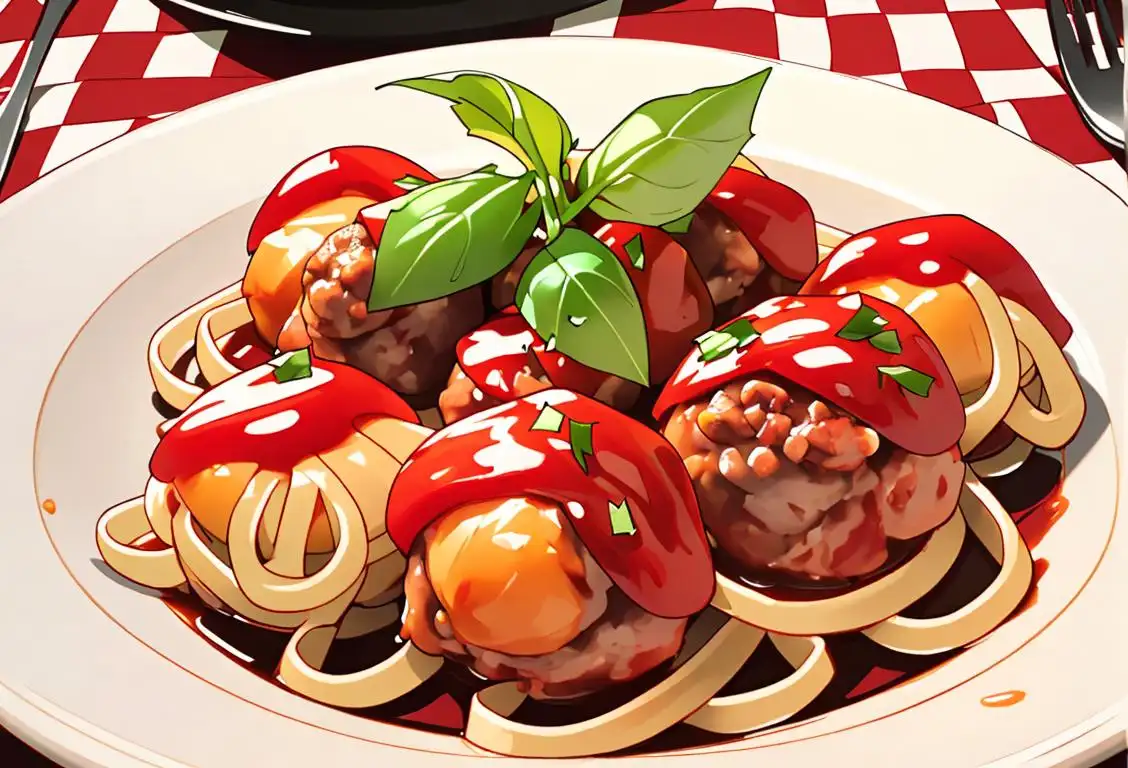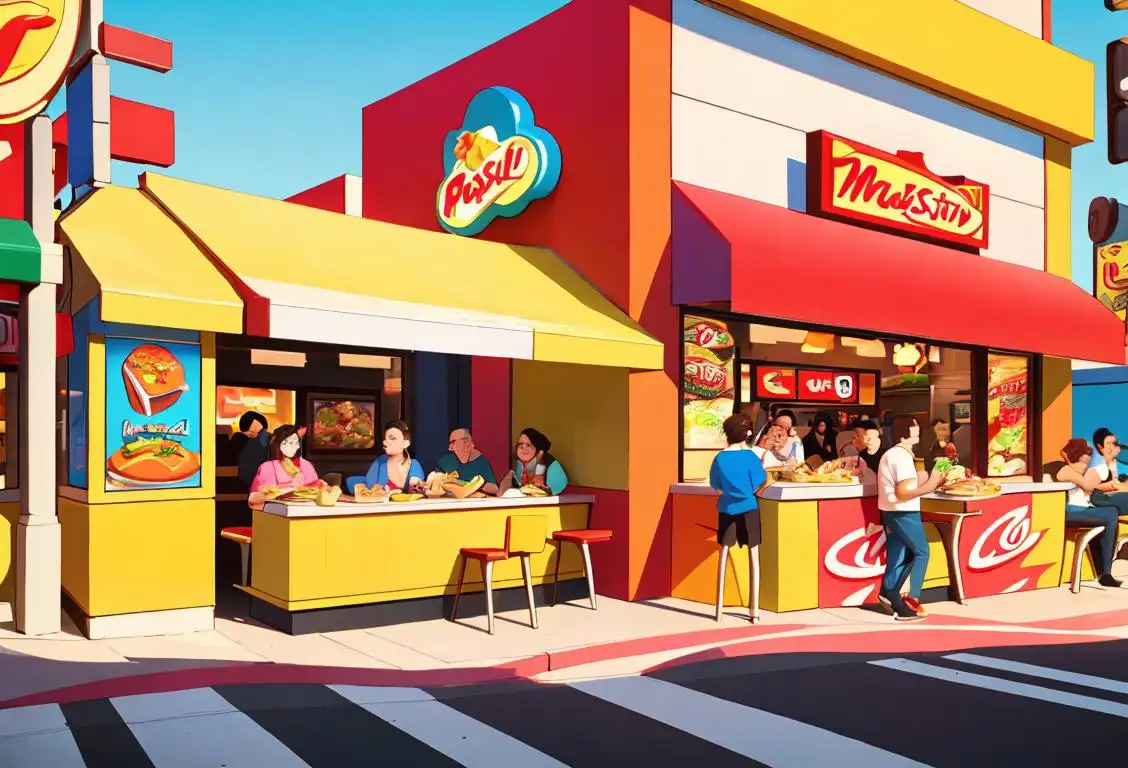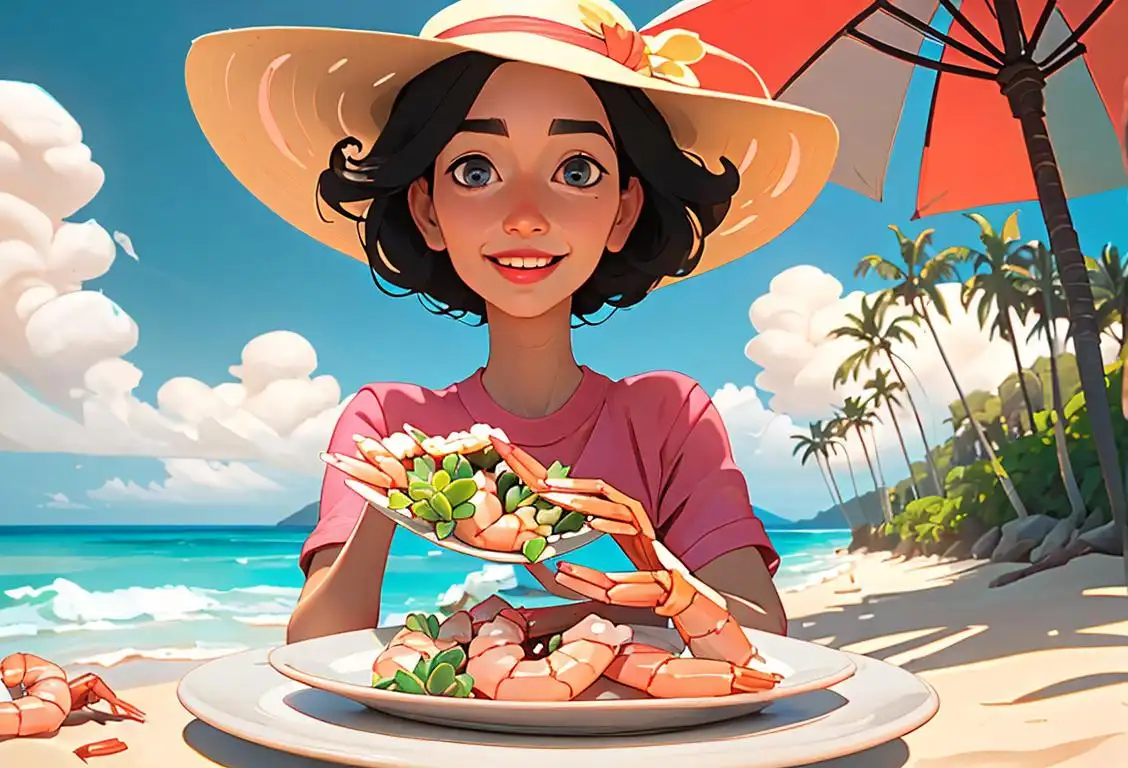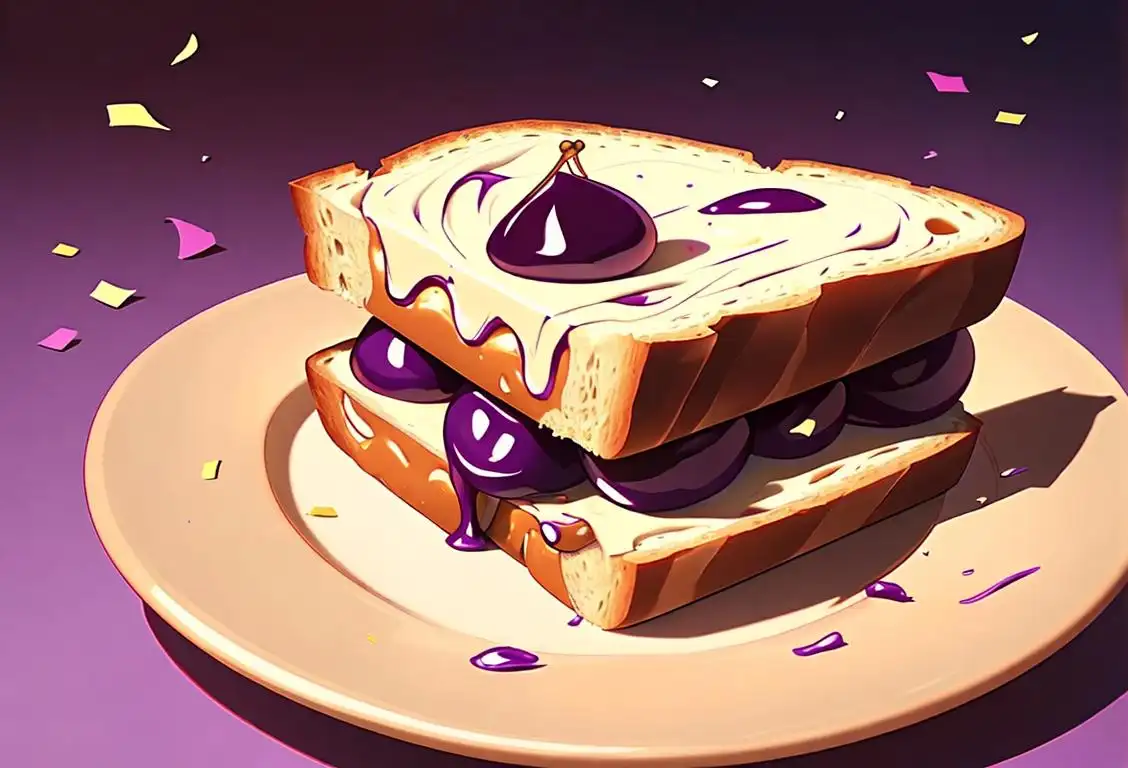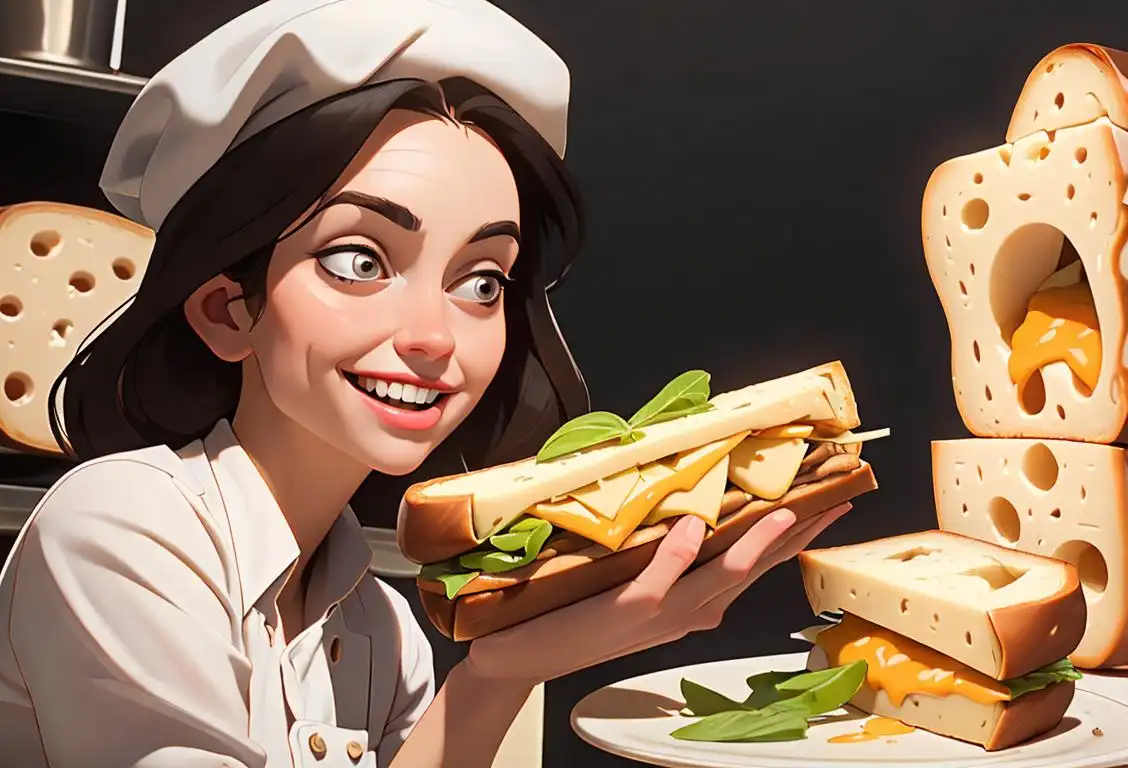National Napkin Day
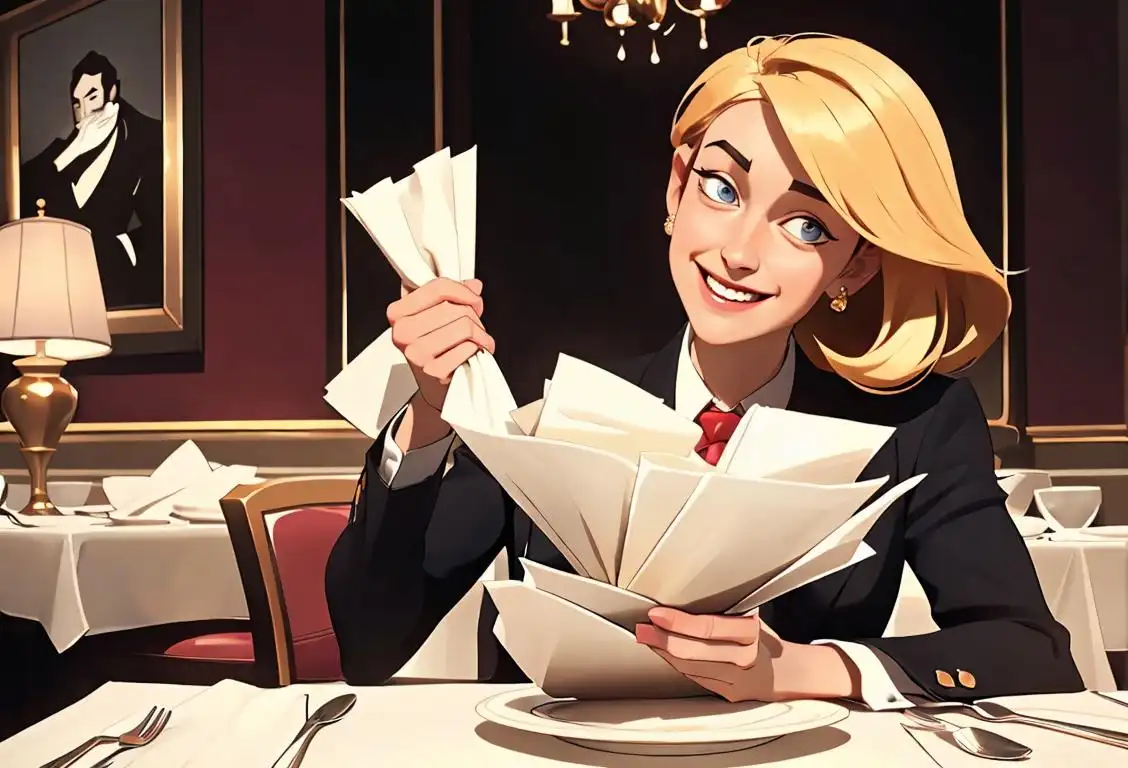
Hey there! Ready to learn about National Napkin Day? Well, get ready to wipe away any ignorance because I've got some absorbent information for you!
When is Napkin Day?
It's national napkin day on the 14th March.
The Origins of National Napkin Day
Let me set the scene for you. It was 14th March 2017, a day that would forever go down in internet history as the birthdate of National Napkin Day. People all over the web started talking about this humble yet essential piece of fabric that we often take for granted.
Now, you might be wondering who initiated this glorious celebration. Unfortunately, the exact originator of National Napkin Day remains a mystery, much like the elusive napkin-swiping restaurant ghost. Some say it was an avid napkin collector who wanted to share their love for these absorbent wonders. Others think it was a clever marketing ploy by a famous brand of napkins. Either way, we can all be grateful for this day of appreciation!
Absorbing Fun Facts About Napkins
Did you know that the term 'napkin' is derived from the French word 'nape,' which means tablecloth? It makes sense, considering napkins and tablecloths are like cousins in the world of tableware. Speaking of cousins, paper napkins were invented by the English chemist John Dickenson in the 19th century, and they're definitely the cool cousins at the family reunion.
Another fun fact: do you know why restaurants often fold napkins in fancy shapes? It's not just to impress you with their origami skills! Historically, folded napkins were used to communicate messages to the waitstaff. For example, a folded napkin placed at the center of the table meant the meal was over. So the next time you see a creatively folded napkin, it's like a secret language between you and the staff.
Celebrating National Napkin Day
Now that you're brimming with napkin knowledge, you must be wondering how to celebrate this momentous occasion. Well, fear not! I've got a few suggestions up my sleeve, or should I say, tucked under my napkin?
1. Napkin Origami Extravaganza: Grab some napkins and unleash your inner origami master. Create swans, flowers, or whatever napkin masterpiece your heart desires.
2. Napkin Fashion Show: Gather your loved ones, grab some colorful napkins, and host a fashion show where napkins become haute couture. Who says napkins can't be stylish?
3. Fancy Dinner Night: Set the table with your finest china, light some candles, and tuck napkins into fancy folds or napkin rings. It's time to add a touch of elegance to your meal.
4. Napkin Picnic: Pack a delicious meal, grab a cozy blanket, and head to the nearest park for a delightful napkin picnic. Remember, no picnic is complete without napkins!
So there you have it, my friend. National Napkin Day is a time to appreciate the humble napkin and all the hard work it does in keeping our faces and hands tidy. Happy celebrating! Don't forget to wipe away any leftover doubts about the importance of napkins!
History behind the term 'Napkin'
13th century
Introduction of the word 'napkin'
The term 'napkin' was first introduced in the 13th century. It originated from the Old French word 'nape', meaning a cloth or towel used for covering the face or neck. At that time, napkins were primarily used for personal hygiene purposes such as wiping the face or hands.
15th century
Development of napkins as table accessories
During the 15th century, napkins evolved from being primarily personal hygiene items to becoming essential table accessories. Wealthier households started using napkins during meals to wipe their mouths and hands. They were typically made from fine linen or cloth and were considered a sign of refinement and luxury.
16th century
Napkin folding becomes an art
In the 16th century, the art of napkin folding gained popularity. Skilled servants and hosts started creating intricate and decorative folds to impress guests during formal dinner parties. Napkins were folded into various shapes, including birds, animals, and flowers. This practice showcased the creativity and elegance of the host.
18th century
Introduction of paper napkins
The 18th century marked an important development in napkin history with the introduction of paper napkins. They were first produced in England and gained popularity due to their convenience and disposability. Paper napkins made dining more accessible to the masses by offering a cost-effective alternative to cloth napkins.
20th century
Printing designs on napkins
During the 20th century, printing designs on napkins became common. Colored and patterned napkins were used to enhance table settings for various occasions. They were often adorned with festive motifs, elegant patterns, or personalized monograms, adding a touch of style and sophistication to dining experiences.
Present
Napkins become versatile and eco-friendly
In the present day, napkins have become more versatile in their uses. They are not only practical for wiping hands and mouths but also serve as decorative elements, party favors, and even art mediums. Additionally, there is a growing emphasis on eco-friendly and sustainable alternatives to traditional paper napkins, such as cloth napkins and compostable materials, to reduce environmental impact.
Did you know?
Did you know that the term 'napkin' is derived from the French word 'nape,' which means tablecloth? It makes sense, considering napkins and tablecloths are like cousins in the world of tableware.Tagged
food fun rememberanceFirst identified
14th March 2017Most mentioned on
14th March 2017Total mentions
5Other days
Meatball Day
Fast Food Day
Shrimp Day
Biscuit Day
Peanut Butter And Jelly Day
First Responders Day
Cheese Lovers Day
Agriculture Day
Pumpkin Day
Trivia Day
